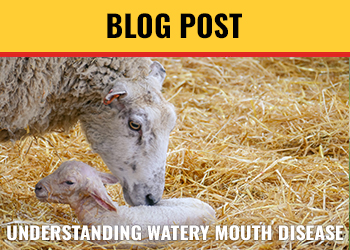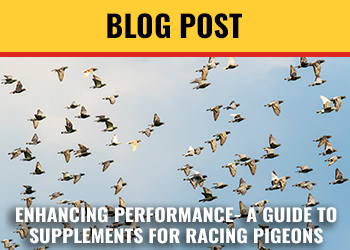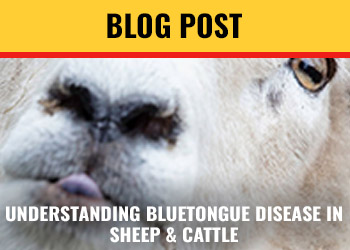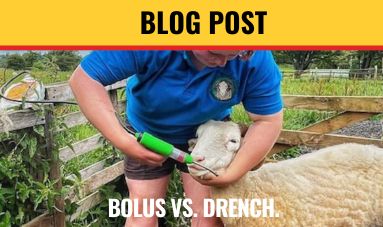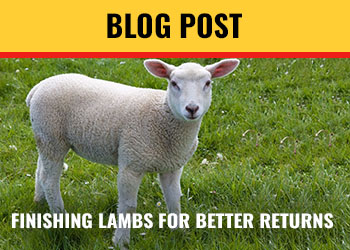PRE-TUPPING - PREPARING EWES & TUPS FOR TUPPING

Preparing Ewes & Tups for tupping
Ensuring optimum nutrition in the pre-tupping period and during early pregnancy is essential in order to maximise economic return. Importance must be placed in ensuring ewes are in the right body condition score (BCS) , to maximise fertility, thus ovulation and conception rates, and to reduce embryonic loss. In general reliance on grazing alone is not sufficient to meet trace element requirements.
Ewe & Tup condition
When selecting breeding ewes and indeed tups, those with any health conditions, poor body condition, poor teeth or with any previous issues when lambing or getting into lamb should not be included. Consideration should be given to excluding any ewes who have suffered pro-lapses or have a history of abortion alongside those with any udder conditions making feeding difficult or those which have shown to be poor mothers. Management decisions should be made at this point to help eliminate potential costs further down the line.
Vaccinations are also critical in ensuring disease prevention to help maintain a good health status pre and during pregnancy.
All at risk ewes should also have protection from parasitic liver fluke and younger ewes, who have not yet developed full immunity to worms, may also need to be dosed with a suitable anthelmintic.
It is important not to overlook the fertility status of the rams also. Adequate nutrient provision is also important for sperm production, quality and mobility.
BCS – Body Condition Scoring
Getting the correct BCS pre-tupping is one of the most important factors on lambing percentages. For lowland ewes a BCS target is 3.5, in upland ewes 3, and for hill ewes it is 2.5. Obviously if any adjustments are needed to BCS you need to ensure ewes are assessed a good 10-12 weeks before mating to allow for any changes needed and amend nutrition as required. It is good practise to assess the flock every 2-3 weeks to allow ongoing adjustments.
Fertility at tupping - Flushing
Higher nutritional status is crucial at this time to help increase fertility status, increase egg and sperm quality and quantity and reduce embryo reabsorption. All of which lead to the main aim of optimum lambing percentages.
Nutrition can be increased and improved either with forage or with supplementation. Increasing this plane of nutrition before tupping, also known as flushing, will increase egg quantity and thus lambing percentage, and improve the chances of initial conception thus tightening the lambing period.
Trace elements requirements at tupping
Which method of supplementation is right for my animals?
The principle of vitamin & trace element nutrition should be one of prevention, rather than a response to evidence of a deficiency. A programme of management should always aim to include vitamin & trace element supplementation, and is particularly relevant in areas with known soil deficiencies.
Different forms of supplementation offer different advantages and disadvantages and there are many options available in order to deliver both vitamins & trace elements. Liquid drenches offer a number of key benefits, outlined below.
Vitamins & Trace elements are essential components of an animal’s diet required for a range of metabolic and physiological processes. Severe deficiency of one element can cause a clinical condition (e.g. Selenium and White muscle disease/muscular dystrophy; Copper and Swayback etc.). More often, the effect of a deficit can be subtle, causing ill health and a loss of productivity, without obvious clinical symptoms. Marginal deficiencies tend to affect variable numbers of stock from year-to-year. They can be hard to predict and identify, however, with routine supplementation incorporated into the feeding plan, they can be addressed and managed.
Benefits of feeding a liquid drench
Ease of use – a drench can be fed whenever a problem arises, whereas when a bolus has been used, if a problem still exists, a drench would need to be used to deliver additional nutrients.
Broad Spectrum – A Drench can include a much larger range of ingredients, including amino acids, prebiotics and fatty acids, as well as a wide range of vitamins & minerals.
Safe & Easy to use – no risk of rejection.
Targeted nutritional delivery – poor performing animals can be isolated and fed additional drench at times of stress or illness.
Accurate delivery of nutrients – drench quantity can be altered according to weight, rather than a one size fits all.
The key advantage in liquid drenches is the ability to deliver strategic nutrition to animals at specific points throughout the year. While a Bolus may deliver a steady & consistent level of one, or two minerals, there is no adjustment if circumstances change. Young animals, in particular often benefit from additional nutritional support if forage quality alters with changing weather.
Feeding Oviboost or Pre-Tupping & Pre & Post Lambing Supplement liquid drench which both contain a comprehensive range of vitamins, mineral, trace elements, amino acids and omega oils in a readily available form is designed to help promote performance and fertility at tupping.
If you have any questions or queries, please feel free to call our office on 01948 668100, email to [email protected] or visit our website www.osmonds.co.uk to see our whole range of Vitamin, Mineral & Trace Element drenches.




